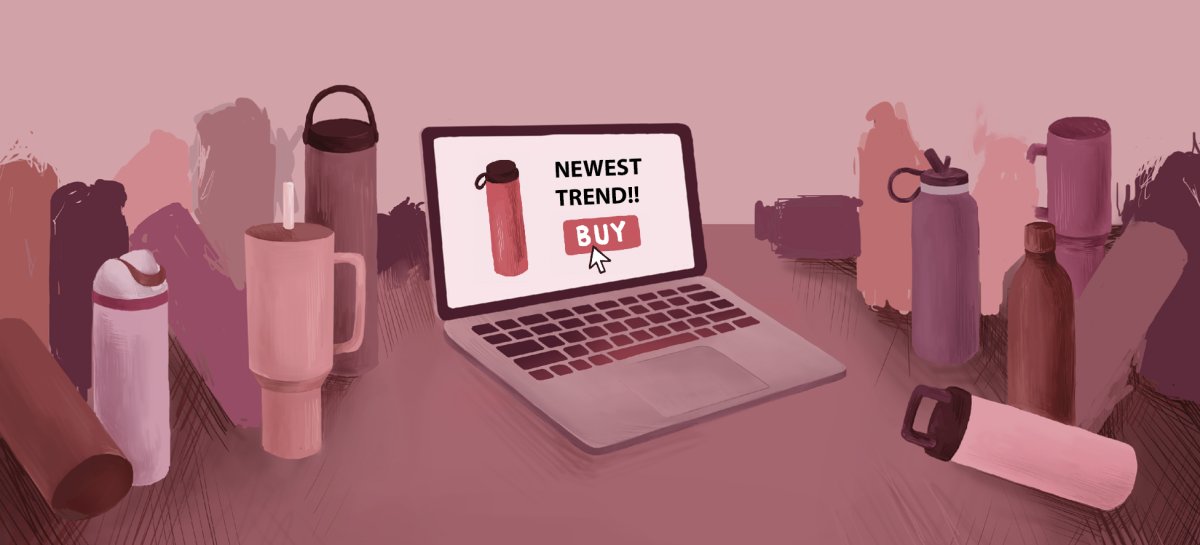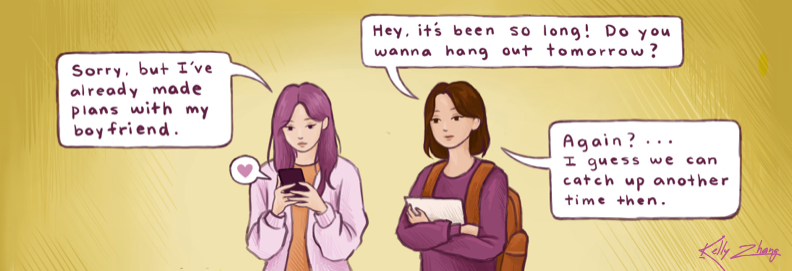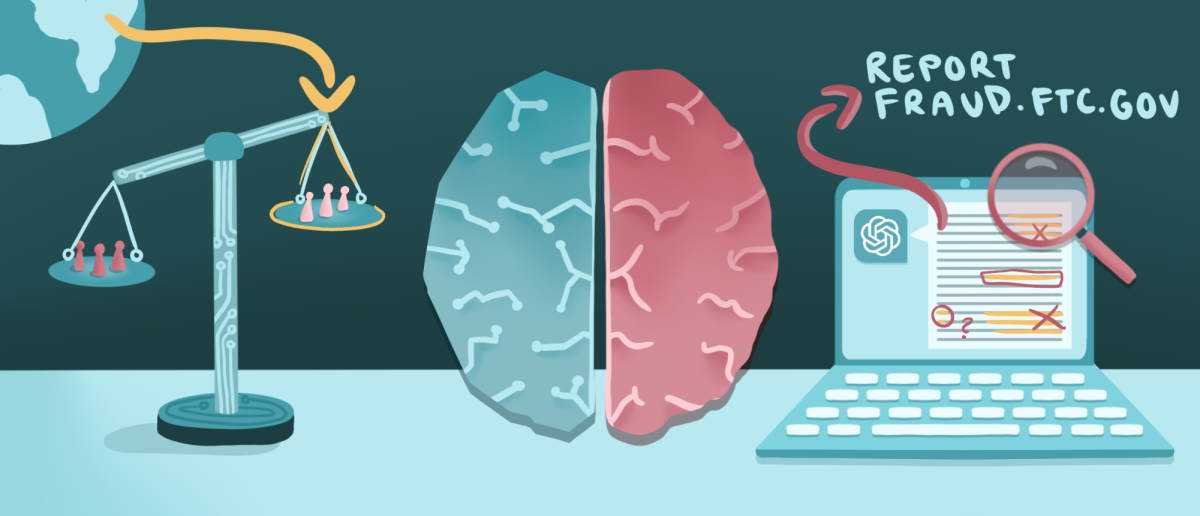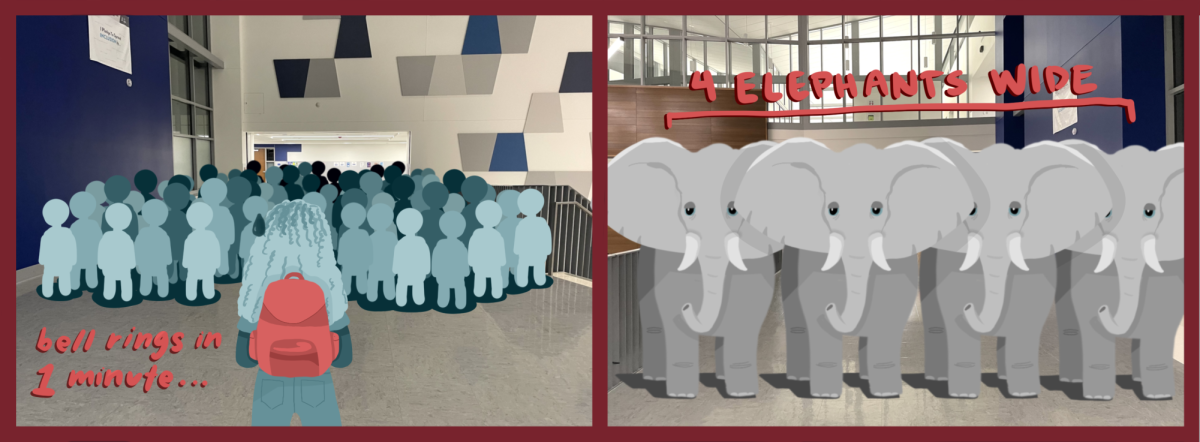In the past, trends rose to popularity after their debut in fashion shows or on admired celebrities and stayed popular for around 20 years. Now, trends can be introduced by almost anyone on social media and last only a matter of months. These new trends are more accessible than ever. As soon as a product gains popularity, people can click a link and have it arrive at their doorstep in just a couple of days.
Once a new product goes viral, many discard last month’s barely-used purchase to stay in style. This creates an immense amount of waste that accumulates in landfills. According to the Ellen MacArthur Foundation, around 101 million tons of textile waste end up in landfills each year, the equivalent of dumping a truck full of clothes into a landfill every second.
Some trendy items, such as clothing from Shein, aren’t even made to last. They fall apart after just a few uses because they’re made quickly and cheaply, increasing the amount of items produced, and enabling consumers to pay low prices. In turn, sales increase, growing corporations and ultimately damaging the planet from the waste created.
Products that are made to last are treated by many consumers as disposable. Metal water bottles are more sustainable than plastic bottles, but it defeats the purpose of owning a reusable water bottle if a person owns 20 of them. Just because Stanleys are popular now doesn’t mean that a Hydro Flask can’t hold water anymore. Inevitably, Stanleys will be abandoned at some point, leaving an insurmountable amount of unnecessary waste in their wake.
Ironically, sustainability is also a trend due to the growing awareness of Earth’s degradation as a result of climate change. However, sustainable products are usually expensive, making them an unreasonable alternative for many. Furthermore, many items are falsely marketed as “sustainable” to align with trends, meaning a product labeled as “sustainable” isn’t always the best option for the planet. The most sustainable product is the one that you already own because no new waste is generated in acquiring it.
Even though using a reusable grocery bag is better for the environment than getting a new plastic one every day, if you already have plastic bags, you should use them until they break before replacing them with a reusable alternative. The plastic bags will end up in the landfill whether you use them to their fullest or throw them away after one use.
When students are tempted to buy a new popular product they see on social media, they should consider if they actually want it or if they just want to keep up with a trend. Will they still like the item in a few months? Will it fall apart after only a couple of uses? Would they buy this product even if it wasn’t popular? Do they have a similar item already? Students must take the time to consider purchases in order to prevent unnecessary waste from being generated. Overconsumption is not worth the irreversible destruction that it causes the planet.









